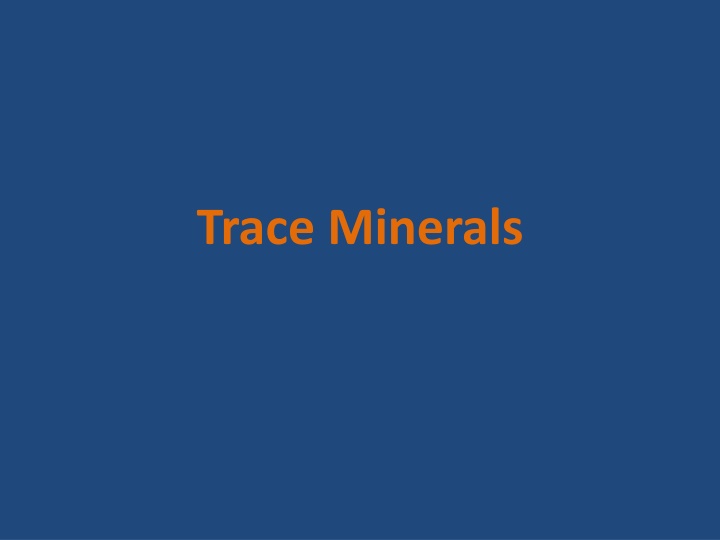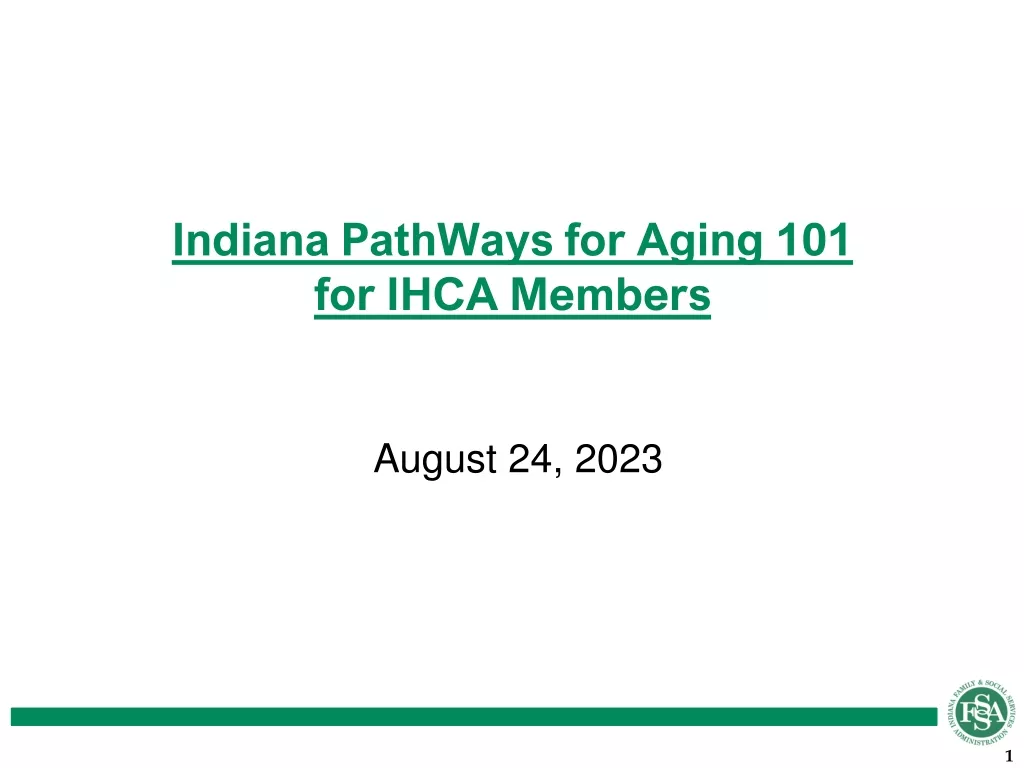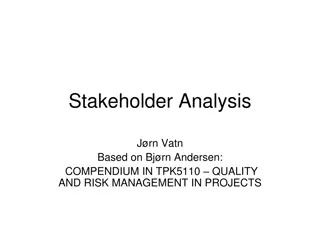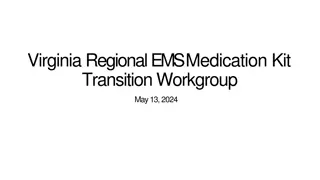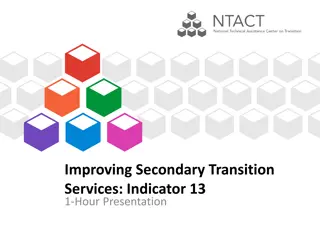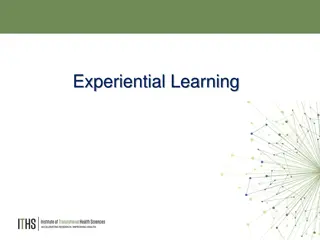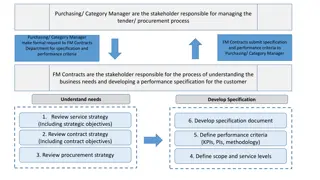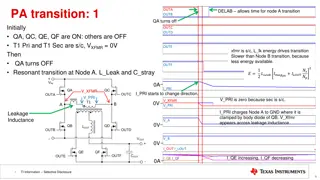Transition Stakeholder Meeting
Discussion on graduation rates of youth with IEPs exiting high school, focusing on regular diploma attainment compared to set targets. Analysis includes data from previous years indicating trends and challenges in achieving desired outcomes."
Download Presentation

Please find below an Image/Link to download the presentation.
The content on the website is provided AS IS for your information and personal use only. It may not be sold, licensed, or shared on other websites without obtaining consent from the author.If you encounter any issues during the download, it is possible that the publisher has removed the file from their server.
You are allowed to download the files provided on this website for personal or commercial use, subject to the condition that they are used lawfully. All files are the property of their respective owners.
The content on the website is provided AS IS for your information and personal use only. It may not be sold, licensed, or shared on other websites without obtaining consent from the author.
E N D
Presentation Transcript
Zinc Functions of Zinc: An essential component of many enzymes. Involved in protein and DNA synthesis. Important for normal spermatogenesis and embryonic development.
Zinc Sources and daily requirement: Daily requirement is 15 mg/day. Rich food sources are meat, shellfish, nuts, and legumes.
Zinc deficiency Causes of zinc deficiency : Diabetes mellitus. Cirrhosis. Alcoholism. Malabsorption. Sickle cell disease. Drugs e.g. penicillamine.
Clinical features of zinc deficiency Stunted growth in children. Hypogonadism and dwarfism. Loss of taste sensation (hypogeusia). Hypopigmented hair. Impaired immune function. Dermatitis.
Clinical features of zinc deficiency Acrodermatitis enteropathica a rare autosomal recessive disorder of zinc absorption presented within diarrhea, alopecia, muscle wasting, irritability, depression and skin rash.
Zinc deficiency Diagnosis : low serum zinc level Treatment : 60 mg elemental zinc, orally twice a day. Prevention : Zinc (20 mg/d) for children in developing countries where zinc deficiency is prevalent.
Zinc toxicity Acute : nausea, vomiting, and fever. Zinc fumes may lead to respiratory distress. Chronic : anemia and increase susceptibility to infections.
Copper Roles of copper in the body: Part of numerous enzyme systems. Plays a role in iron metabolism. Melanin synthesis. CNS functions. Elastin and collagen cross-linking.
Copper metabolism Cu Ceruloplasmin Blood : copper + albumin Sources : shellfish, liver, nuts, legumes and meat.
Copper deficiency Causes of copper deficiency: Malabsorption. Nephrotic syndrome( loss of albumin). Chronic zinc therapy. Inherited defects in copper metabolism.
Copper deficiency Clinical features : Rare, mainly presents with anemia, neutropenia, mental retardation and dermatitis. Diagnosis : low serum copper and low serum ceruloplasmin. Treatment : Correction of the underlying cause and copper supplements.
Copper toxicity Causes of copper toxicity: Wilson s disease : an autosomal recessive disorder of ceruloplasmin synthesis leads to failure of copper excretion and accumulation of copper in tissues. Primary biliary cirrhosis. Chronic biliary obstruction.
Clinical features of Wilsons disease Organs affected are : Eyes : brown discoloration around the cornea (Kayser Fleischer rings). Liver : hepatitis and cirrhosis. Kidneys : proximal tubule damage. Basal ganglia : dementia and ataxia. RBCs : hemolysis.
Diagnosis and treatment Diagnosis : Low serum ceruloplasmin. Liver biopsy : high levels of copper. Treatment: Copper binding agents like zinc and penicillamine.
Iodine Essential element in thyroid hormone synthesis. Present in sea foods and in small amounts in soil and water. People who live in mountains are at risk of iodine deficiency because of low iodine content of the soil .
Iodine deficiency Clinical features: Endemic goiter with hypothyroidism. Babies born to mothers who are iodine deficient are liable to develop cretinism. Prevention : Iodine rich foods and iodination of salt
Iodine toxicity Caused by large doses of iodine or by drugs like amiodarone. Induce hypothyroidism by blocking thyroid hormone synthesis.
Selenium Functions: Protects proteins, cell membranes, lipids, and nucleic acids from oxidation. Protective role against cancer and cardiovascular diseases. Catalyze the conversion of thyroxine (T4) to triiodothyronine (T3).
Selenium deficiency Rare, presents with cardiomyopathies and myalgia. Keshan disease is an endemic cardiomyopathy found in countries with low soil concentrations of selenium like China. Diagnosis: Low selenium level. Treatment: Selenium supplements.
Chromium Functions of chromium: Potentiates the action of insulin in patients with impaired glucose tolerance. Improve blood lipid profiles. Protects against ischemic heart disease. Sources : yeast, meat, and grains.
Chromium deficiency Clinical features : Impaired glucose tolerance and hyperglycemia. Neuropathy and encephalopathy. Treatment: Chromium rich foods and chromium supplements.
Fluoride Fluoride is essential for the maintenance of teeth and bone structure. Fluoride increases teeth enamel resistance to acid. The main source is drinking water. Fluoride deficiency: Increase the risk of dental caries.
Fluorosis (fluoride toxicity) Excess fluoride intake results in mottling and pitting of teeth enamel. Continuous exposure to excess fluoride may lead to brittle bones (skeletal fluorosis).
Manganese It is an important activator of many enzymes which are important in nucleic acids synthesis. Manganese deficiency : Rare, skeletal abnormalities, poor growth, ataxia and convulsions. Manganese toxicity : Toxic inhalation of manganese may results in a Parkinson-like syndrome.
